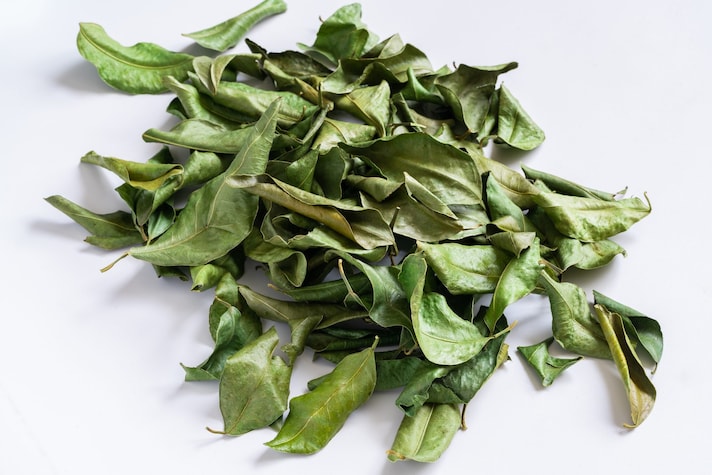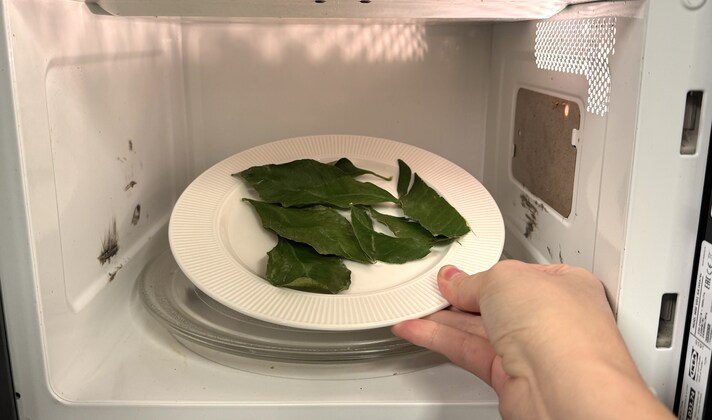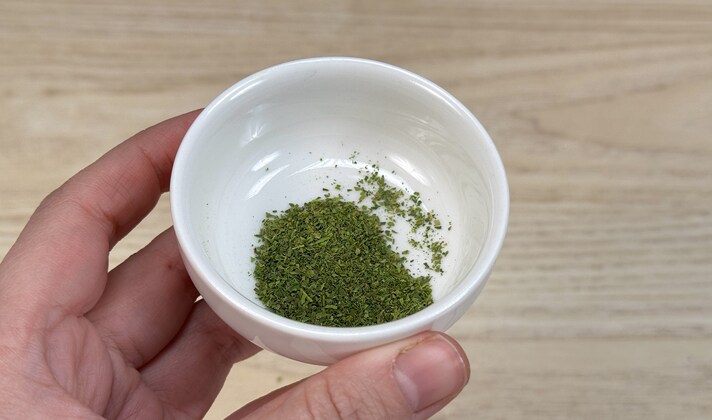Can Lemon Leaves Be Eaten Or Used In Cooking? Discover Their Surprising Benefits and Uses!
Learn if lemon leaves are edible and how to use them in cooking. Explore their flavor profile, health benefits, and tips for incorporating them into dishes.
;Resize,width=742;)
Can lemon leaves be eaten or used in cooking? While lemon fruit often steals the show, the leaves are a hidden gem that can elevate your dishes. Though they are not a common ingredient, lemon leaves can bring a refreshing citrusy twist to your meals. In this article, we’ll explore how to use lemon leaves in cooking, their health benefits, and how you can incorporate them into your favorite recipes.
Are Lemon Leaves Edible?
Yes, lemon leaves are edible and can be used to enhance your cooking. However, it’s essential to note that they have a bitter flavor and should be used carefully in smaller amounts. The leaves’ distinct citrusy aroma can add a refreshing zing to various dishes.
Are Lemon Leaves Safe to Eat?
Lemon leaves are generally safe to eat, but like many herbs, they should be consumed in moderation. Eating large quantities might lead to digestive discomfort due to their bitter taste. It's also important to choose organic lemon leaves to avoid pesticides.
Health Benefits of Lemon Leaves
Besides adding a unique flavor to dishes, lemon leaves offer several health benefits that make them a great addition to your diet. These include:
- Antioxidant-rich: Lemon leaves contain antioxidants that help fight inflammation and support overall health.
- Aids digestion: Known for their antibacterial properties, lemon leaves may help soothe digestive issues.
- Rich in Vitamin C: Boost your immune system by incorporating these leaves into your meals.
So, lemon leaves aren’t just tasty—they’re a health-boosting ingredient too!
How to Use Lemon Leaves in Cooking
Now that we know lemon leaves are edible and beneficial, let’s explore how to use them in cooking. Here are some creative ways to incorporate lemon leaves into your meals:

1. Lemon Leaf Tea
One of the simplest ways to use lemon leaves is by making lemon leaf tea. The leaves release a refreshing citrus flavor when steeped in hot water. You can enhance the taste by adding honey, ginger, or mint. It's a soothing beverage that's perfect for relaxing or aiding digestion.
2. Flavoring Grilled Meats
Lemon leaves are a wonderful addition to grilled meats. When grilling chicken, fish, or lamb, place a few lemon leaves on the grill or on top of the meat. As they heat up, the leaves will infuse the food with a subtle lemony fragrance that complements the smoky flavors of grilling.

3. Rice and Grain Dishes
In many cultures, lemon leaves are used in rice dishes. To infuse rice with a delicate citrus flavor, simply add a few lemon leaves to the pot while cooking. Once the rice is cooked, remove the leaves for a deliciously aromatic side dish.
4. Wrap Dishes in Lemon Leaves
In Southeast Asian cuisine, lemon leaves are often used to wrap food. Try wrapping fish, chicken, or sticky rice in lemon leaves and steaming or grilling it. This method helps retain moisture and adds a citrusy essence to the food, making it aromatic and tender.
5. Lemon Leaf Syrup
Make your own lemon leaf syrup by simmering lemon leaves with water and sugar. This aromatic syrup can be used as a topping for desserts, pancakes, or even added to cocktails for a unique twist. It’s a perfect way to bring a citrus punch to your beverages.

How to Make Lemon Leaf Powder in the Microwave
Try turning lemon leaves into a vibrant, citrusy powder—perfect for garnishing savory or sweet plates. Here’s how to do it:
- Use fresh, untreated lemon leaves. Rinse them gently under cold water and pat dry thoroughly with a paper towel.
- Arrange the leaves in a single layer on a microwave-safe plate, making sure they don’t overlap.
- Microwave on low power (about 300–400 watts) in 30-second bursts. Flip the leaves each time and repeat until they're dry and crisp—this usually takes 2 to 4 minutes, depending on your microwave.
- Once cooled, crush the dried leaves into a fine powder using a spice grinder, blender, or mortar and pestle.
- Store the powder in an airtight container, away from moisture and direct sunlight.
This lemon leaf powder adds a punch of citrus aroma and color, and works beautifully as a finishing touch on risottos, seafood, roasted vegetables, or even creamy desserts.

Tips for Cooking with Lemon Leaves
- Use fresh leaves: Fresh lemon leaves have a more robust flavor than dried ones. If using dried leaves, be sure to rehydrate them before use.
- Experiment in moderation: Lemon leaves are potent, so start with a small amount and taste your dish as you go.
- Pair with complementary flavors: Lemon leaves pair well with grilled meats, seafood, rice, and even desserts. Their subtle citrus flavor can enhance many types of cuisine.
;Resize,width=767;)
;Resize,width=712;)
;Resize,width=712;)
;Resize,width=712;)
